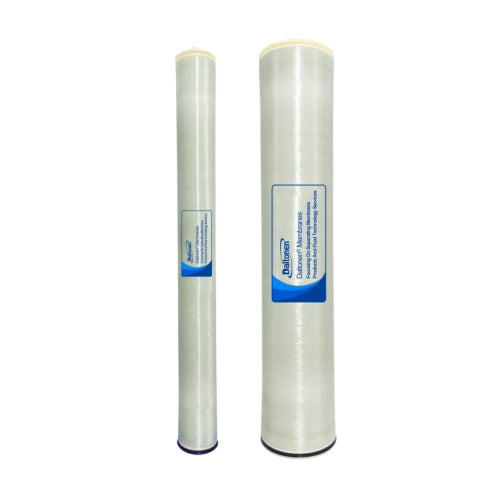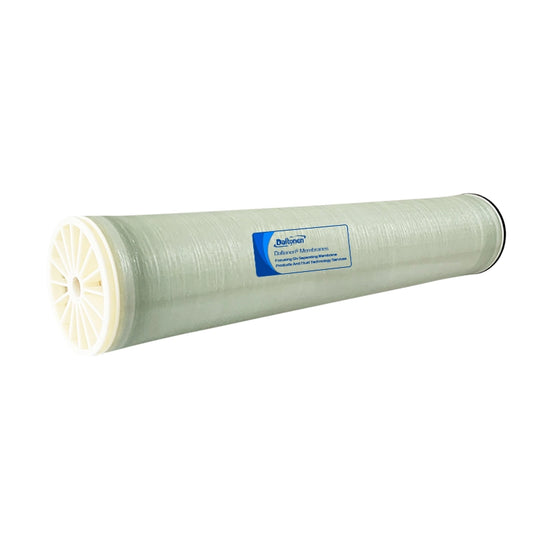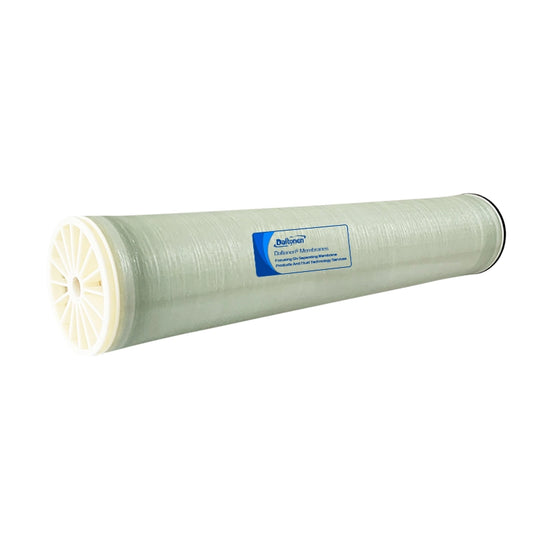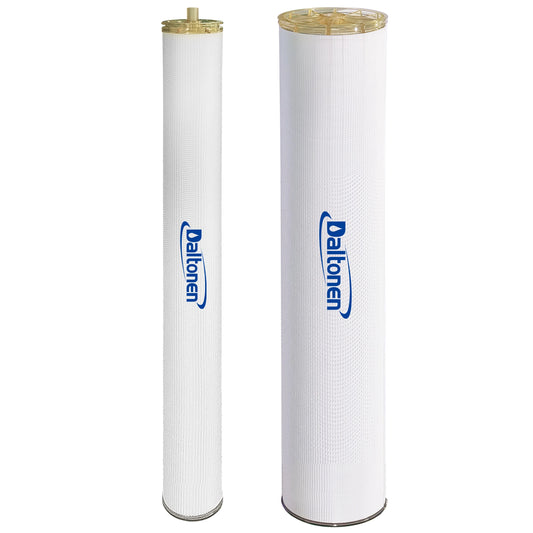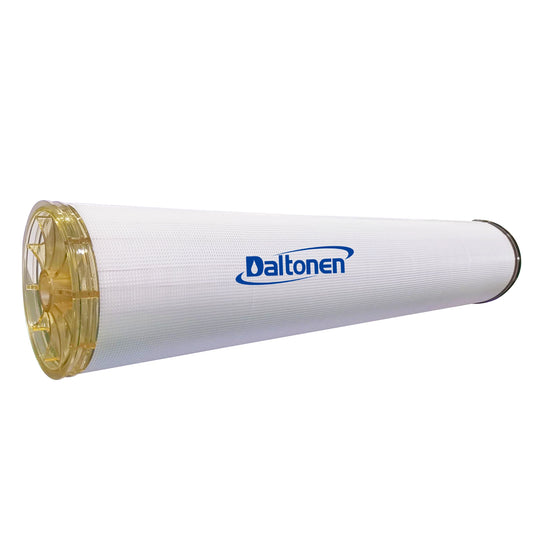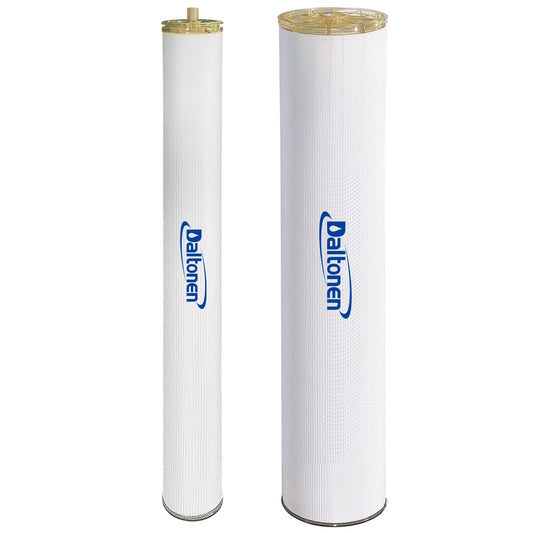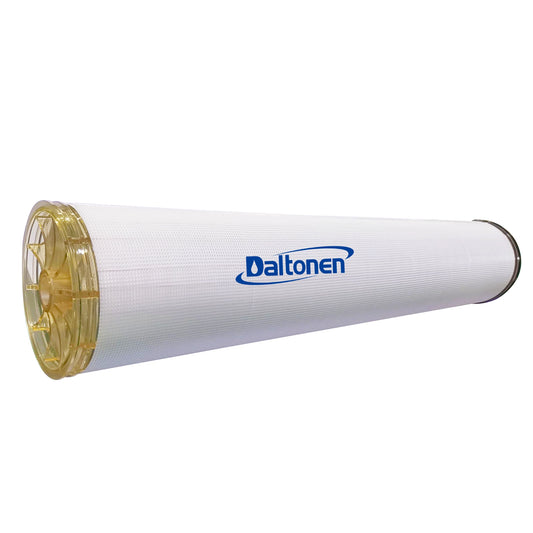Can Reverse Osmosis Membranes Concentrate Ethylene Glycol?
Can Reverse Osmosis Membranes Concentrate Ethylene Glycol?
This is an excellent question. The answer is: Standard water treatment reverse osmosis (RO) membranes cannot effectively concentrate pure ethylene glycol. However, for aqueous solutions of ethylene glycol, RO can be highly effective in concentrating the glycol, as the process essentially removes water molecules.
The key lies in the properties of ethylene glycol itself and the working principle of RO. A detailed analysis follows.
Core Conclusion
-
For Pure Ethylene Glycol Liquid: Cannot Concentrate. RO membranes are designed to separate solutes from water and cannot handle pure organic solvents. Pure ethylene glycol would dissolve or damage standard polyamide RO membranes.
-
For Ethylene Glycol Water Solutions: Can Be Efficiently Concentrated. RO membranes effectively reject ethylene glycol molecules while allowing water molecules to pass through, thereby concentrating the glycol in the aqueous solution.

Detailed Technical Analysis
1. RO Membrane Working Principle and Limitations
-
Separation Target: The core function of RO is to separate water (molecular weight 18 Da) from dissolved ions or large molecules in water. It relies on size exclusion (sieving) and the solution-diffusion mechanism.
-
Rejection of Ethylene Glycol:
-
The molecular weight of ethylene glycol is about 62 Da, which is very small.
-
However, standard brackish water RO membranes typically exhibit very high rejection rates for ethylene glycol (>95%, often >98%). This is because:
-
Surface Effects: Ethylene glycol molecules are polar and have strong interactions with both water molecules and the polyamide membrane material, making it difficult for them to pass through the dense separation layer of the membrane.
-
Hydration: Ethylene glycol molecules form hydrated complexes in water, increasing their effective size.
-
-
Therefore, when processing aqueous ethylene glycol solutions, RO membranes can effectively retain the glycol in the concentrate stream, while allowing pure water to pass through as permeate, thus concentrating the glycol solution.
-
2. Application Scenarios and Case Studies for Concentrating Aqueous Glycol Solutions
This method has important industrial applications, primarily for treating industrial wastewater containing ethylene glycol to enable resource recovery and wastewater volume reduction.
-
Typical Case: Aircraft Deicing Fluid Wastewater Recovery
-
Background: Airports use large quantities of ethylene glycol or propylene glycol-based deicing fluids on aircraft during winter. The used mixture (containing glycol, water, and impurities) becomes wastewater.
-
Treatment Goal: Recover water resources and significantly reduce the volume of waste liquid requiring off-site treatment, thereby lowering disposal costs.
-
Process Route:
-
Pretreatment: Removes fats, oils, grease, suspended solids, and other substances that could foul the membrane from the wastewater.
-
RO Concentration: Uses fouling-resistant RO membranes to treat the wastewater.
-
Permeate: High-quality pure water that can meet reuse standards (e.g., for washing, irrigation, or further purification).
-
Concentrate: The ethylene glycol is highly concentrated (can be increased from a few percent to 30%-50% or higher), with its volume reduced to 10%-30% of the original waste stream.
-
-
Concentrate Management: The greatly reduced volume of concentrated glycol solution can be:
-
Sent to specialized facilities for distillation and purification to regenerate industrial-grade ethylene glycol, enabling resource recovery.
-
Sent to a wastewater treatment plant or incinerator for final disposal; the small volume significantly reduces treatment costs.
-
-
-
3. Important Considerations and Challenges
-
Membrane Element Selection: It is essential to select RO membranes with strong fouling resistance. Glycol solutions can have higher viscosity, and other impurities in the wastewater can easily foul the membrane.
-
Concentration and Viscosity Limits: As the glycol is concentrated, the solution's viscosity increases sharply. This leads to:
-
Increased system operating pressure and energy consumption.
-
Aggravated concentration polarization at the membrane surface, increasing the risk of scaling.
-
An economic and technical concentration limit is reached; it is often difficult to concentrate glycol to very high levels (e.g., >50%) with a single-stage RO system.
-
-
Temperature Control: Appropriately increasing the feed water temperature can reduce solution viscosity and increase membrane flux, benefiting the concentration process. However, the temperature must not exceed the membrane material's maximum tolerance (typically 45°C).
-
Downstream Process Integration: For applications requiring high-purity glycol product, RO typically serves as a pre-concentration step. It is followed by thermal separation technologies such as evaporators or distillation columns to further purify and concentrate the RO concentrate.
Summary
|
Aspect |
Conclusion and Analysis |
|---|---|
|
Can it concentrate aqueous ethylene glycol solutions? |
Yes, and it is a mature technology. RO efficiently rejects ethylene glycol molecules, enabling its concentration in aqueous solution. |
|
Core Mechanism |
Utilizes the high rejection rate of ethylene glycol by RO membranes, selectively removing water molecules to concentrate the solute (glycol). |
|
Primary Application |
Industrial wastewater treatment and resource recovery, e.g., volume reduction and glycol recovery from aircraft deicing wastewater at airports. |
|
Technical Challenges |
Solution viscosity, membrane fouling, concentration limits. Requires selecting fouling-resistant membranes and controlling operating conditions. |
|
Process Role |
Typically acts as a pre-concentration step, providing optimized feed for final treatment steps like distillation or evaporation. |
Therefore, if your goal is to treat aqueous ethylene glycol solutions (particularly wastewater), reverse osmosis is a highly effective and economical concentration technology. However, if you are dealing with pure ethylene glycol solvent, other separation methods, such as distillation, must be considered.
